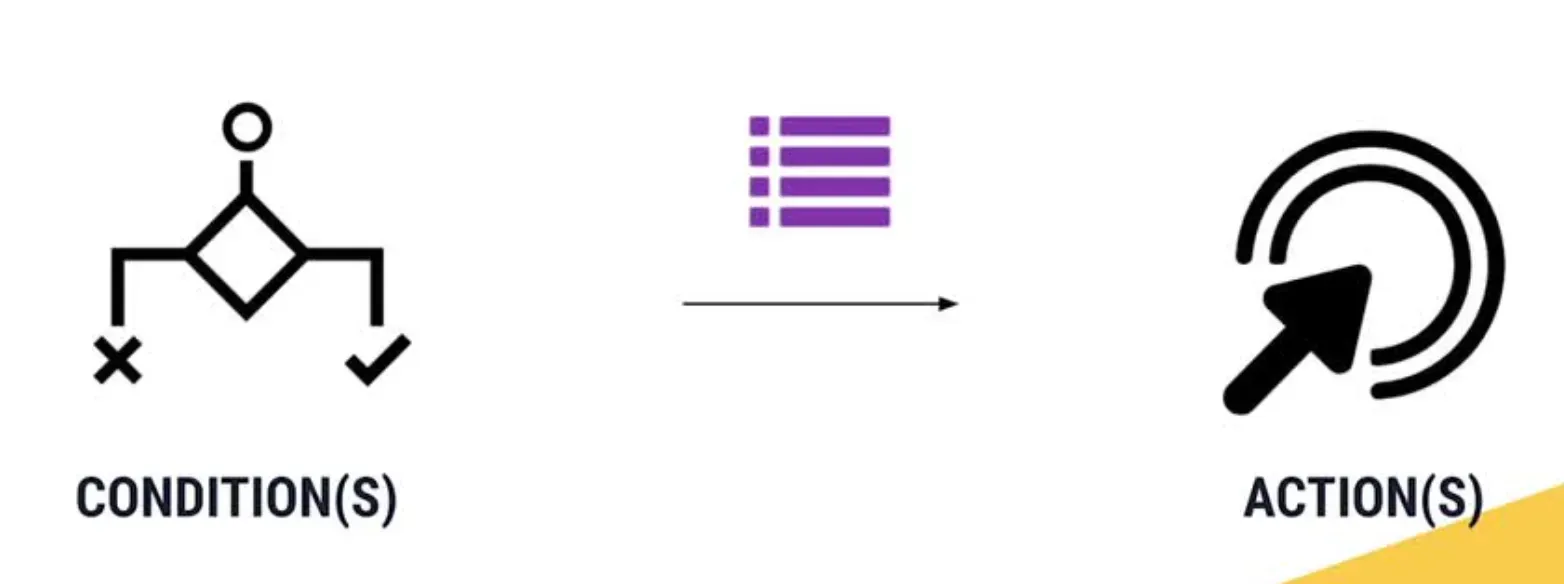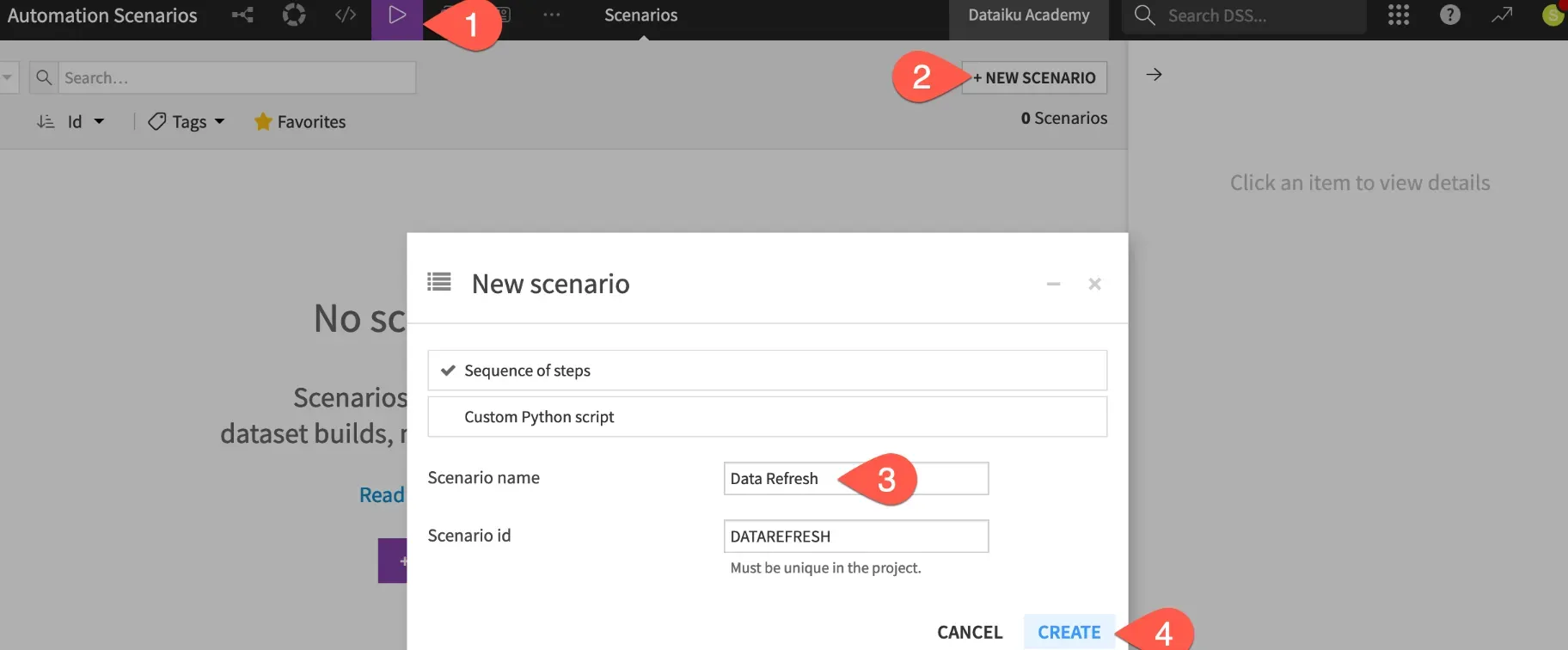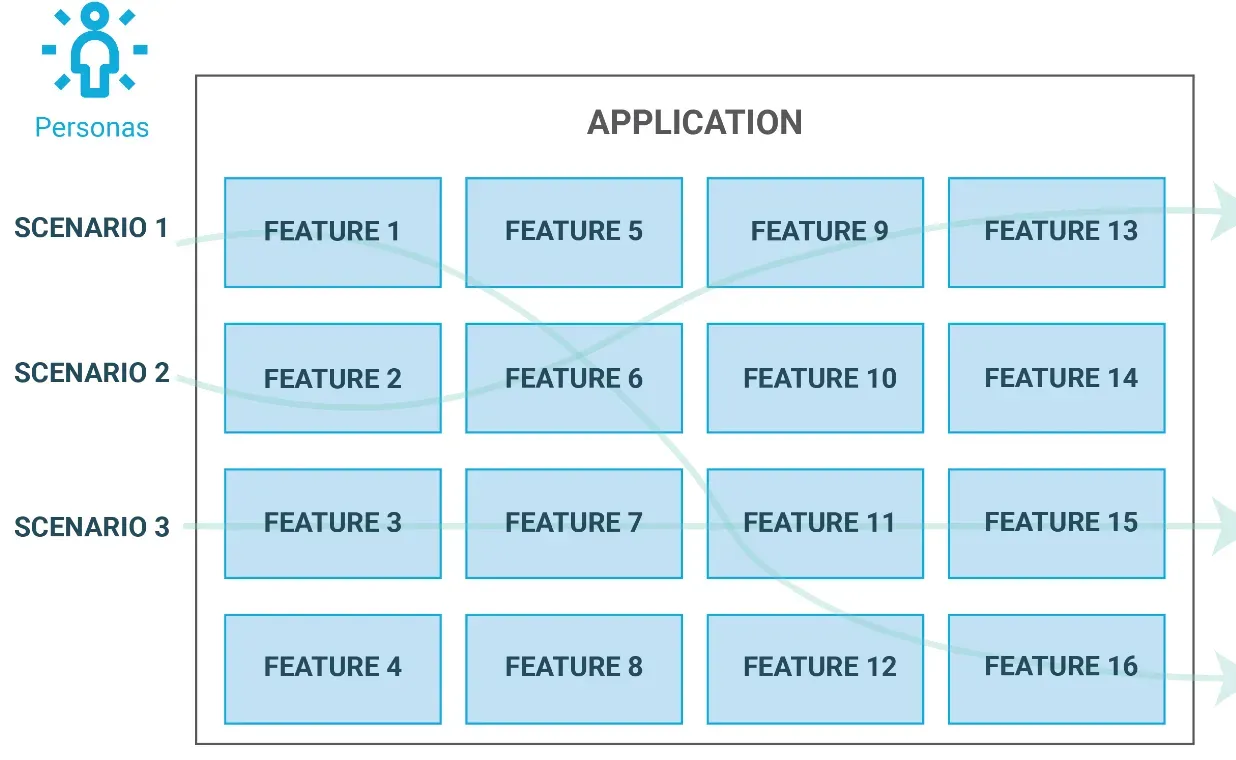What is Scenario Automation?
Scenario Automation, sticking true to its name, automates testing of various scenarios in a computer program, application, or system. It is employed to check if all its elements work harmoniously under different conditions.
Traditional manual testing was cumbersome and time-consuming. Scenario Automation emerged as a solution to speed up the process while maintaining strict accuracy, allowing testers to verify the software integrity under different scenarios programmatically.
Scenario Automation comprises of numerous components such as scenarios, automation tools and scripts, and output reports. Each component plays a critical role, making the process of automation seamless and efficient.
Scenario Automation is critical for ensuring the software performs optimally in real-world scenarios. It ensures products meet quality standards while reducing manual effort, thus saving both time and manpower.
Who uses Scenario Automation?
In this section, we'll discover who uses Scenario Automation, how it benefits them, and what the roles of various stakeholders are.

Software Testers
Software testers are the main users of Scenario Automation. It helps them validate the functionality of software under varying conditions, ensuring high-quality output.
Developers
Developers use Scenario Automation to validate their code against different scenarios, ensuring their software performs optimally even under unforeseen conditions.
Project Managers
Project Managers use Scenario Automation to decrease testing time and optimize resource allocation, which can lead to significant cost reduction and efficiency enhancement.
Quality Assurance Teams
Quality Assurance (QA) Teams rely on Scenario Automation to verify that software meets defined quality bars, ensuring a seamless user experience.
When is Scenario Automation Used?
Given that Scenario Automation can pinpoint potential bugs or crashes, its usually deployed during the software testing process following development.
Schedule
Generally, Scenario Automation is scheduled to run during off-peak hours, making the entire process less intrusive and ensuring systems aren't overloaded during peak operation hours.
Instances
Scenario Automation is employed when complex, repetitive scenarios need to be tested. These instances could be as numerous as the data inputs or user behavior fluctuations.
Frequency
The frequency of Scenario Automation is primarily dictated by project timelines, software complexity, and quality thresholds, with some companies leaning towards continuous, automated testing.
Where is Scenario Automation Employed?

Let’s dive into where Scenario Automation has found its ground and the reasons behind its utilization in different sectors.
Software Companies
Software companies extensively utilize Scenario Automation to ensure the stability of their products across a myriad of scenarios.
Tech-Savvy Corporations
Tech-savvy corporations deploy Scenario Automation within their IT departments to validate their software's functionality.
E-Commerce Firms
E-commerce firms harness Scenario Automation to ensure their websites or apps can handle varied and high-volume customer interactions.
IT Service Agencies
IT service agencies use Scenario Automation as part of their testing and QA service offerings to ensure their clients’ software functionalities.
Why is Scenario Automation Important?
Let's explore why Scenario Automation becomes a must-have tool in the current testing climate, bringing substantial benefits.
Ensures Comprehensive Testing
Scenario Automation allows complex, comprehensive testing without manual intervention—crucial for validating software behavior under all possible conditions.
Saves Time and Resources
By automating repetitive and time-consuming scenarios, Scenario Automation allows organizations to focus their time and resources on other key areas.
Reduces Errors
Human error is a common part of manual testing. Scenario Automation largely eliminates this, enhancing test accuracy.
Improves Consistency
Automating scenarios ensures every test iteration is conducted identically—enhancing consistency, avoiding bias, and making results more reliable.
How Does Scenario Automation Work?

The first step involves an in-depth analysis of software requirements. Understanding its expected functionality lays the groundwork for scenario identification.
Scenario Identification
Scenarios—can be thought of as test cases—are identified. Each represents a specific condition under which the software will be tested.
Automation Scripting
For each identified scenario, an automation script is written. These scripts simulate user actions and system responses under the designated scenarios.
Execution and Reporting
Finally, the automation scripts are run. If any discrepancies are spotted, they're documented in detailed reports for further investigation.
Frequently Asked Questions (FAQs)
How does Scenario Automation enhance testing efficiency?
Scenario Automation decreases manual effort, reduces errors, and enables comprehensive testing, thereby greatly enhancing efficiency in software testing.
Are there any downfalls to Scenario Automation?
Identifying every feasible scenario can be challenging, sometimes leading to neglect of edge cases. Automation also requires initial time and effort to set up but pays off in the long run.
What are popular tools for Scenario Automation?
There are numerous tools for Scenario Automation. Some popular ones include Selenium, Katalon Studio, TestComplete, and Testim. The choice depends on your project's specific test requirements.
Can Scenario Automation completely replace manual testing?
While Scenario Automation significantly reduces the need for manual testing, some scenarios or exploration might still need a human touch. A combination of both usually yields the best results.
How do I ensure my Scenario Automation is effective?
Ensure you have identified broad-ranging scenarios, written cover-all scripts, and installed a robust testing infrastructure. Regular monitoring, optimization, and updates keep your automation effective.

